Pain at the back of the ankle can have many causes and can vary in pain. Pivotal Motion Physiotherapy in north Brisbane can provide you with a diagnosis and help manage posterior ankle pain.
In the back (posterior) of the ankles there bones, ligaments, muscles, tendons, bursae, nerves, and fat pads. Any of these may be the source of your pain. Conditions which can cause pain in the back of the ankle include:
- Posterior impingement syndrome/talar compression syndrome/posterior tibial talar impingement/os trigonum syndrome
- Tendinopathy
- Osteochondritis dessicans
- Retrocalcaneal bursitis
- Sever’s disease/ calcaneal apophysitis
- Heel/calcaneal spur
- Achilles tendon rupture
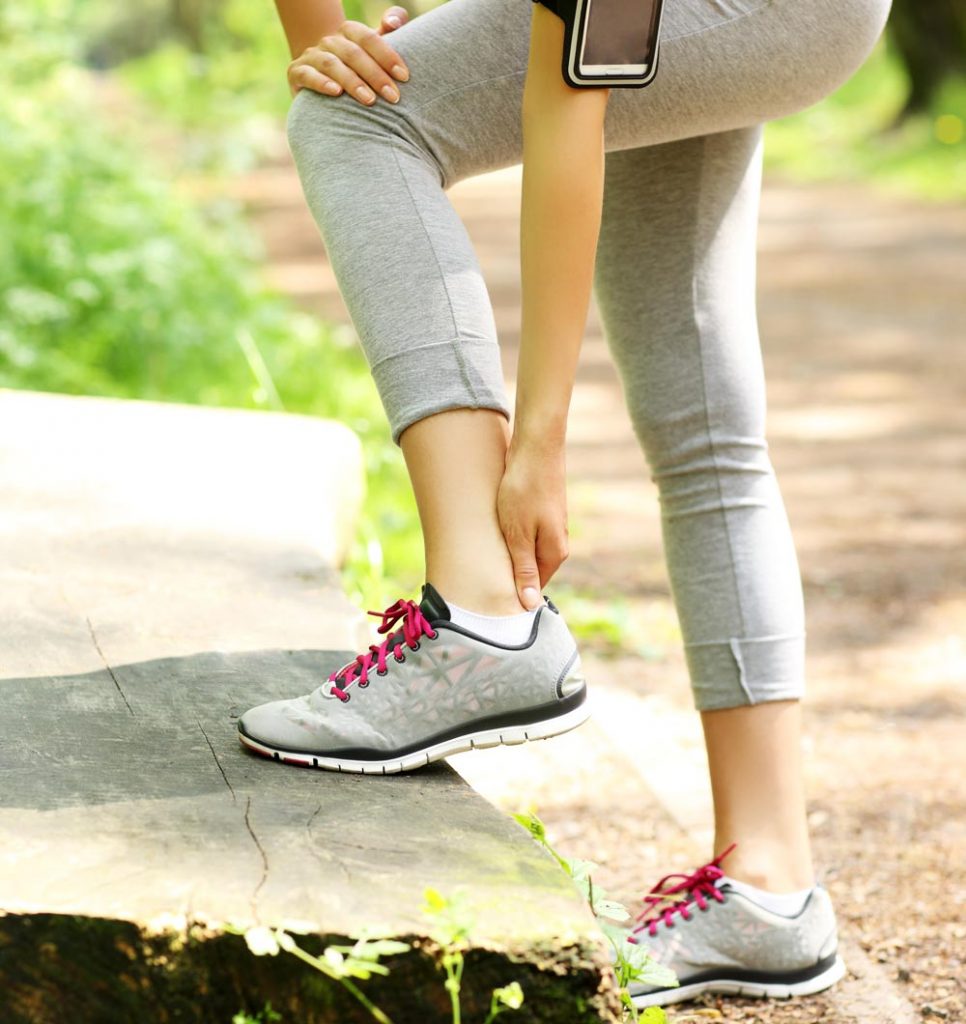
POSTERIOR IMPINGEMENT SYNDROME
This is a pinching of tissue behind the achilles tendon at the back of the ankle. Some people can have small bony fragments here called os trigonum.
These small bones usually attach to the talus bone in the ankle during childhood. However, in 10-15% of the population the bones remain separate. The small bones can also separate with an ankle fracture.
The os trigonum do not always cause pain. However, they can get caught in the joint and cause pain with ankle movement. When they get irritated with overuse or trauma, it is known as os trigonum syndrome.
The most painful movement is being up on your toes. This is common with ballet pointe shoes, cricket fast bowlers, running down hills, or with ankle sprains. This creates compression in the back of the ankle joint.
 SYMPTOMS:
SYMPTOMS:
- Pain between achilles tendon and the outside of the ankle
- Pain when on your feet
- Stiffness, weakness, swelling in the back of the ankle
- Unable to fully point your toes
- Bony prominence you can feel at the back of the ankle
PHYSIOTHERAPY TREATMENTS MAY INVOLVE:
- RICE
- Individualised strength, flexibility, and, balance exercises
- Correcting faulty biomechanics
- Soft tissue techniques
- Referral to medical doctor or for medical imaging
TENDINOPATHY
Tendons are flexible connections between muscles and bones. They can become irritated with overuse or compression. Over time this can lead to small tears in the tendon.
Common sites for ankle tendinopathy are the achilles tendon and the peroneal tendons.
 SYMPTOMS:
SYMPTOMS:
- Pain when using the foot or ankle
- Stiffness, worst in the morning or at night
- Decreased strength
- Swelling
- Crunchy sound or feeling when using the tendon
PHYSIOTHERAPY TREATMENTS MAY INVOLVE:
- Modifying the amount you use the foot and ankle
- Correcting sporting technique
- Increasing joint range of motion and flexibility
- Joint mobilisation
- Soft tissue techniques
OSTEOCHONDRITIS DESSICANS
Osteochondritis dessicans in the ankle involves the talus bone. A lesion can develop on the top of the talus which may cause a small piece of bone to separate from the talus. This is known as osteochondritis dessicans.
This occurs due to small, repetitive traumas or a large trauma to the area. This condition develops between age 10-20 years, but you may not have symptoms until later in life.
 SYMPTOMS:
SYMPTOMS:
- Pain when on your feet
- Joint swelling
- Instability or locking in the ankle
PHYSIOTHERAPY TREATMENTS MAY INVOLVE:
- Limiting movement in the area
- RICE
- Individualised strength, flexibility, and balance exercises
- Correcting faulty biomechanics
- Joint mobilisation
- Soft tissue techniques
RETROCALCANEAL BURSITIS
Bursitis is the inflammation of a bursae. Bursae are fluid filled sacks that help cushion tendons moving over bones. Retrocalcaneal bursitis involves the bursae located between the heel bone and the achilles tendon.
This condition is caused by wearing high heels or tight shoes, ankle joint structural abnormalities, or inflammatory conditions such as gout or rheumatoid arthritis.
 SYMPTOMS:
SYMPTOMS:
- Pain at the back of the heel, worsening when standing on tiptoes
- Tenderness and/or swelling at the back of the heel
PHYSIOTHERAPY TREATMENTS MAY INVOLVE:
- Modifying training load
- Ice
- Soft tissue techniques
- Correcting faulty biomechanics
- Individualised strength and flexibility exercises
SEVER’S DISEASE
This is a common cause of heel pain in children and adolescents 7-15 years old. It occurs during growth spurts in children who are very active with running and jumping activities. These activities lead to small injuries where the calf muscle tendon attaches to the heel bone. This is near the growth plate of the heel.
This condition can last 6-24 months, but can be eased with physiotherapy treatment.
 SYMPTOMS:
SYMPTOMS:
- Limping
- Pain during or after activity, resolves with rest
- Pain at the back of the heel
- Stiffness
- Tenderness
- Swelling
PHYSIOTHERAPY TREATMENTS MAY INVOLVE:
- Activity modification
- Examining sport shoes
- Ice
- Individualised strength and flexibility program
- Manual techniques
HEEL/CALCANEAL SPUR
Heel spurs are bony outgrowths on the heel bone. They are commonly found at the bottom or back of the heel bone. Heel spurs likely occur due to abnormal biomechanics in the foot and ankle or repetitive small traumas at the back of the heel.
 SYMPTOMS:
SYMPTOMS:
- Pain at the back or bottom of the heel bone
- Swelling
- Difficulty walking
- Pain when on your feet
PHYSIOTHERAPY TREATMENTS MAY INVOLVE:
- Heat or ice
- Activity modification
- Rest
- Strapping
- Correction of faulty biomechanics
- Individualised stretching program
ACHILLES TENDON RUPTURE
The achilles tendon is a strong band of fibres that attaches the calf muscles to the heel bone. It is the strongest tendon in the human body, and it is also the most commonly ruptured, or torn, tendon (Maffulli, Longo, Gougoulias, & Denaro; 2008).
Rupture is usually caused by a strong contraction of the calf, such as quickly going up on your toes or falling from a large height. A rupture of the achilles tendon is a tear involving 50% or more of the muscle fibres in the tendon (Grade 3).
How does a Human Achilles Tendon Rupture …? Here’s how … check it out @MayoClinic Materials & Structural Testing Core @mayoclinicsport ! pic.twitter.com/qM9ZoXJ2Oq
— Tim Hewett (@Hewett1Tim)September 22, 2017
 SYMPTOMS:
SYMPTOMS:
- Sudden snap in the lower calf
- Loud crack or pop sound
- Severe pain often described as being stabbed in the heel with a knife
- Swelling at the back of the heel
- Unable to point toes
- Limited walking ability
PHYSIOTHERAPY TREATMENTS MAY INVOLVE:
- Possible surgery or conservative management
- RICE
- Individualised range of motion, strength, flexibility, and balance exercises
- Activity modification
- Examining biomechanics in the legs, ankles, and feet
CAN PHYSIOTHERAPY HELP WITH PAIN AT THE BACK OF THE ANKLE?
Yes! There are many possible injuries involving the back of the ankle. Physiotherapists can help provide a diagnoses for your symptoms. They will create a treatment plan specific to the injury, and lead you through the recovery process.
Before your physiotherapy appointment, take note of your symptoms. Is there pain with movement? Is there pain at rest? Does your foot swell? Where is your pain? Does your pain vary with different movements like pointing your toes? Answering these questions will help your physiotherapist understand your injury.
Let one of the Pivotal Motion physiotherapists guide you through your recovery. Book online or call 07 3352 5116 to book a consultation at our north Brisbane location.

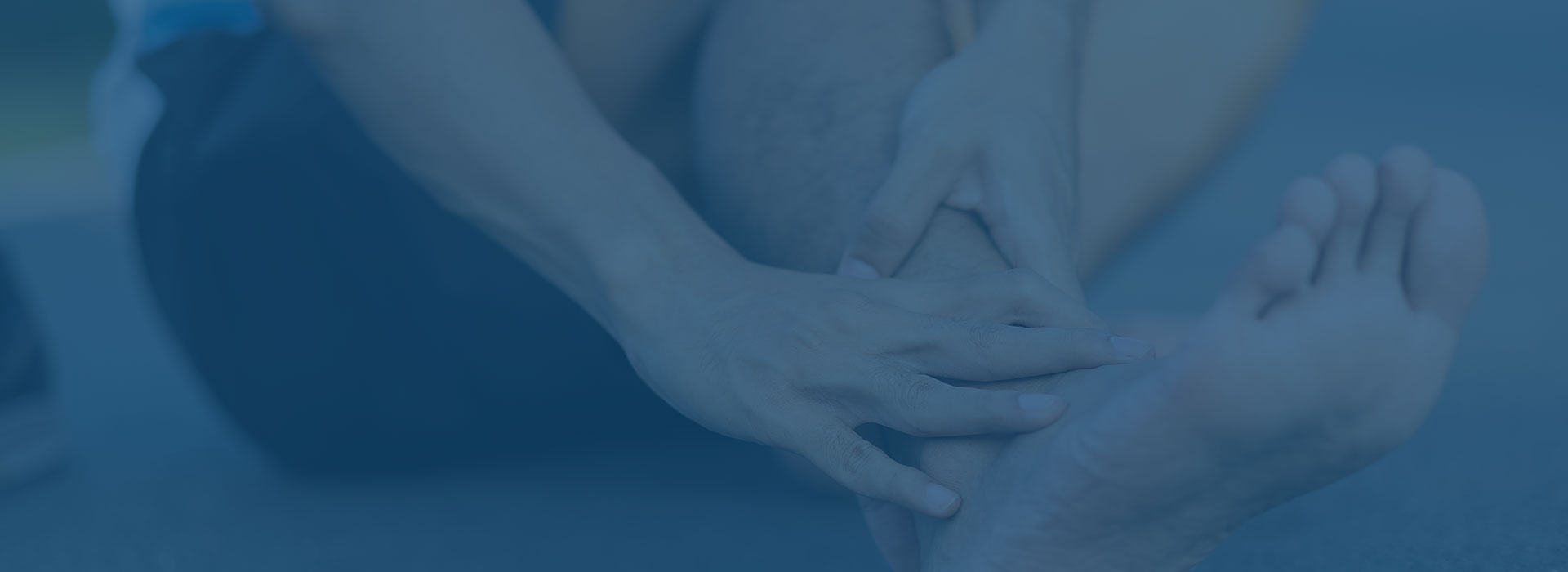
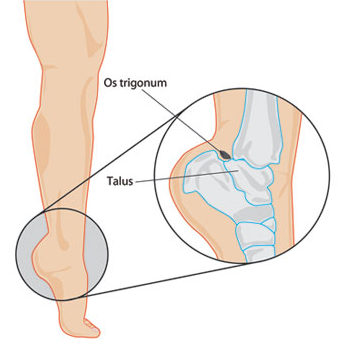 SYMPTOMS:
SYMPTOMS: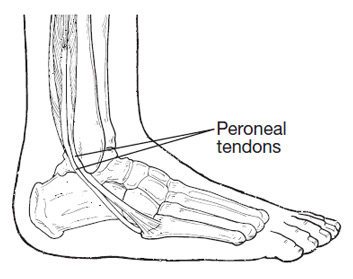 SYMPTOMS:
SYMPTOMS: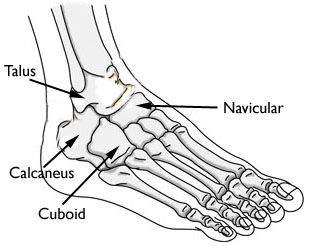 SYMPTOMS:
SYMPTOMS: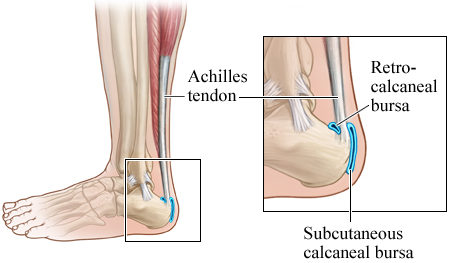 SYMPTOMS:
SYMPTOMS: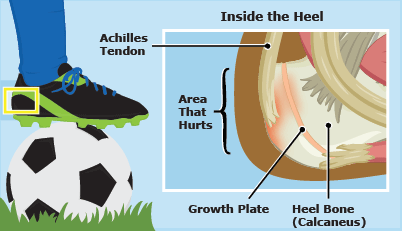 SYMPTOMS:
SYMPTOMS: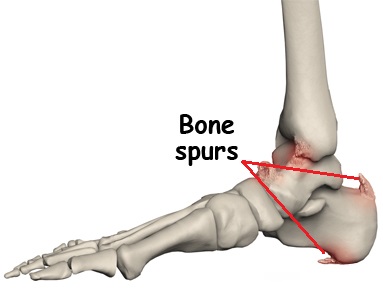 SYMPTOMS:
SYMPTOMS: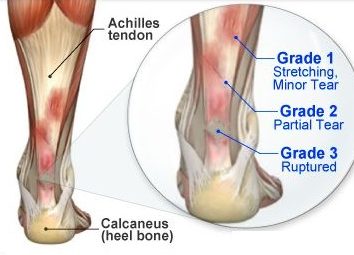 SYMPTOMS:
SYMPTOMS: